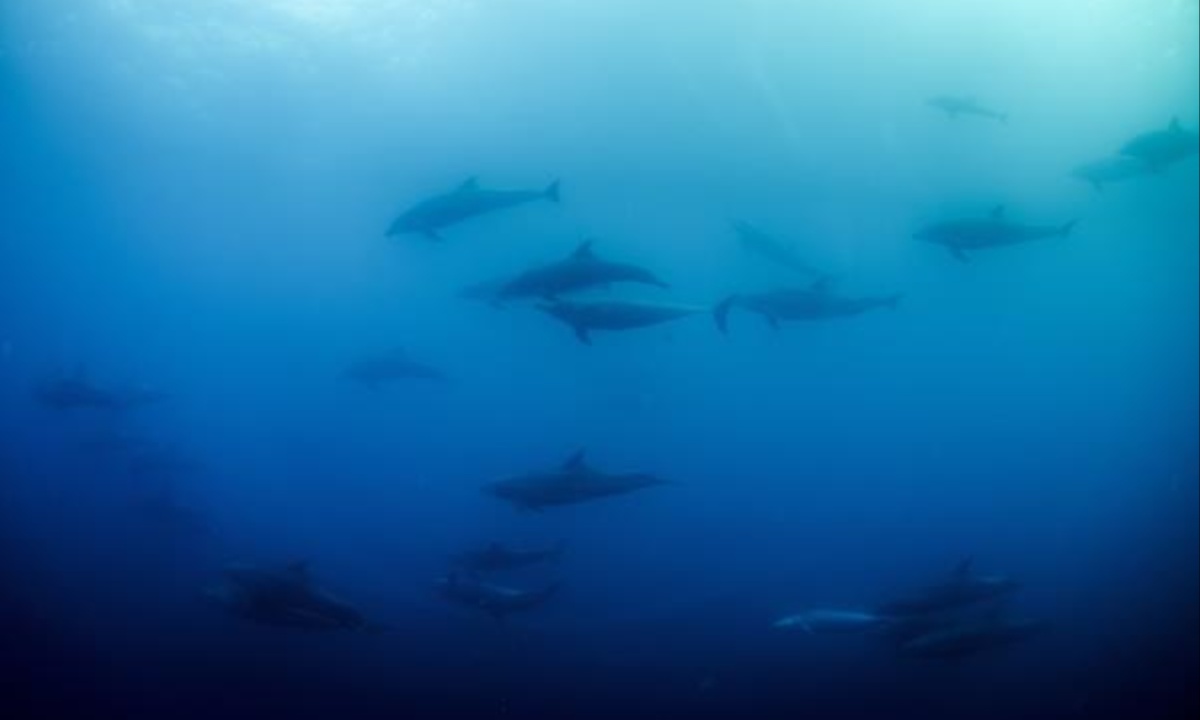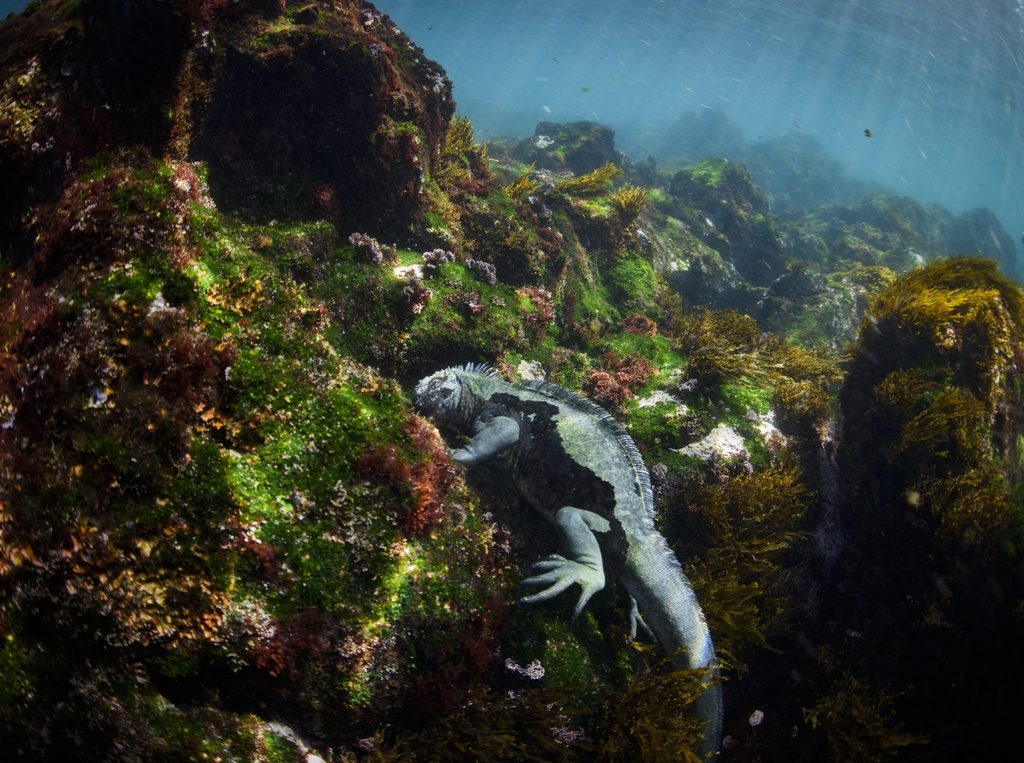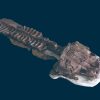In the remote and pristine waters around Darwin Island in the Galapagos, a collapsed rock arch serves as a poignant reminder of the region’s vulnerability. The arch’s fall in 2021, attributed to natural erosion, highlights the delicate balance of this isolated archipelago.
This area, renowned for its unique biodiversity, faces mounting pressures from climate change and invasive species, threatening its ecological integrity. The diverse marine life, including hammerhead sharks and marine iguanas, depends on the fragile ecosystem, which is increasingly jeopardized by these external stresses.
Climate change significantly impacts the Galapagos, particularly its marine life. Rising ocean temperatures disrupt food sources, making it difficult for endemic species like marine iguanas to find sufficient algae. Sea turtles also struggle with nesting in warmer conditions, which hampers their reproduction.
These challenges underscore the limited capacity of the Galapagos’ biodiversity, despite its renowned variety of species. Naturalist Natasha Cabezas emphasizes that while the archipelago hosts a vast array of species, the population of each is relatively small, making them especially susceptible to environmental changes.

The Galapagos’ location at the convergence of major ocean currents adds another layer of complexity. These currents, along with periodic El Nino events, have always influenced the region’s climate and ecosystems. However, human-induced climate change has exacerbated these natural variations, leading to unprecedented rises in ocean temperatures.
The past decade has seen the warmest ocean temperatures on record, impacting species’ survival and behavior. Scientists closely monitor the effects of these temperature changes, particularly following El Nino events that can cause significant food shortages for marine life.
On land, invasive species compound the challenges faced by the Galapagos’ native fauna. Feral animals such as cats, dogs, pigs, and goats, introduced by humans, threaten the delicate balance of the island ecosystems. Post-pandemic, abandoned pets have become a growing concern, exacerbating the issue.
These non-native animals pose a severe risk to species like the giant tortoises, which have already suffered from historical hunting and poaching. Feral pigs, in particular, can devastate nesting sites overnight, prompting daily interventions from park rangers to protect vulnerable species.
Adding to the ecological pressures, plastic pollution presents a significant threat to the Galapagos’ wildlife. Recent studies have found microplastics in the stomachs of various species, including penguins. This widespread contamination affects all levels of the food chain, underscoring the pervasive nature of plastic pollution.
Jorge Carrión from the Galapagos Conservancy points out that no animal in the Galapagos is free from microplastics in their diet, highlighting the urgent need for global and local action to mitigate these environmental threats and preserve the unique biodiversity of the Galapagos Islands.

